Exercise is integral to fitness and health, but can one reduce muscle soreness after an intense session?
Muscle soreness signals the muscle damage incurred from intense exercise and the following recovery process. Usually, micro muscle tears release creatine kinase (CK) that accumulates as a byproduct of the body's aerobic function.
While muscle soreness and recovery are a natural part of high-intensity exercise, you can help your body lessen creatine kinase levels and lactic acid production, which help reduce the pain you experience.
You can minimize muscle pain and soreness after your workout through proper nutrition and specific fitness habits. Read on to find out ways to reduce muscle soreness.
Why Do We Experience Muscle Soreness After a Workout?
Workouts and intense exercise have many benefits for our bodies – that's not a mystery. However, why do our muscles hurt after a good, intense session?
There are several reasons our muscles experience pain after a workout, which are natural. After using your muscles in strenuous work, the muscle tissue incurs damage or micro-tearing. These micro muscle tears release creatine kinase (CK), and the recovery process creates muscle pain and soreness in the area of the damaged tissue.
Adding to that bodily response, fluids, most notably lactic acid, can pile up in the muscle tissues and damaged areas during a workout, making them feel tighter, more painful, and sore.
What Is Lactic Acid?
Lactic acid is a natural byproduct of intense workouts. It's a substance that is important in keeping our body working properly. It has three main roles:
- It acts as the mitochondria's primary source of energy.
- It acts as a precursor for glucose production.
- It serves as a signaling molecule.
Lactic acid forms during respiration, so it's a normal body part. However, high amounts of it are created with highly-strenuous, intense aerobic exercise. This happens because your muscles need more oxygen than usual when doing such workouts.
If your heart and lungs can't keep up with this demand, lactic acid starts to build up in your blood. This, then, causes our muscles to become painful, adding to the soreness already brought about by our bodies trying to heal damaged muscle tissue.
How to Reduce Muscle Soreness
You can help your body minimize muscle pain and soreness after high-intensity aerobic workout sessions. The steps that you can take involve proper nutrition and specific habits to develop and incorporate into your fitness journey. Here are five ways that you can reduce muscle soreness.
1. Hydration Is Key
In any fitness and health journey, hydration is always an integral part that you need to keep up with. The same can be said with muscle recovery.
The water you consume helps keep fluid flowing through your system. This helps tame inflammation, flush out fluids, and nourish your muscles and body. On top of this, water also helps dilute and flush out the buildup of lactic acid in your bloodstream.
However, thirst is not a good indicator of dehydration, and you can't rely on it as a sign of when to drink water. One good indicator is the color of your urine, with a deeper yellow color indicating possible dehydration.
According to the American Council on Exercise, the standard suggested water intake post-workout is between 16 to 24 ounces for every pound of body weight you lose during the workout.
2. Minding Proper Nutrition
Yes, nutrition is vital in reducing the soreness you feel after high-intensity training. You get the necessary nutrients from certain types of healthy food that can tremendously help muscle recovery, speed up the healing process, and reduce pain.
There are two types of food you should look out for if you want to help your body reduce muscle soreness: protein-rich food and antioxidant-rich food.
Protein is an integral part of your muscles' recovery process. It plays a crucial role in the amino acids your body needs to rebuild damaged muscle tissues. In tandem with protein, you can also add carbohydrate-rich foods, which can help replenish the fuel your muscles use during the workout.
According to the International Society of Sports Nutrition, it is advised to intake between 1.4 to 2 grams of protein for every kilogram of body weight every day you are active. You can spread the intake of protein evenly throughout the day.
Eating food rich in antioxidants is also a great way to reduce muscle soreness. Many fruits, vegetables, and legumes carry antioxidant properties that help protect our bodies from oxidative stress.
Additionally, it has been suggested that antioxidants can help relieve muscle pain since they boost our body's natural healing process and bring anti-inflammatory benefits. Some great foods to intake post-workout include tart cherry juice, watermelon, and pineapple.
3. Supplementation
Supplementation is a key part of muscle recovery. For example, supplementation can bridge that gap if you lack the suggested protein intake given your body weight.
Given the wide variety of supplements you can choose, pick those that specifically target:
- lowering the lactic acid buildup
- reducing creatine kinase levels
- reduce inflammation
- speed up recovery in our muscles
- aiding with the muscle healing process
One such product is Extreme Endurance® by Xendurance, which provides numerous vitamins and minerals to help muscle recovery. It contains black pepper fruit, calcium carbonate, magnesium, papain, and other vital minerals like selenium, chromium, and potassium. All these contribute to improved muscle function, athletic performance, and recovery.
Extreme Endurance® brings a lot to the table. It's proven to help reduce the lactic acid buildup in the body by 26% while also reducing oxidative stress by 39% and reducing CK (creatine kinase) levels by 63.55% in just 10 days. This can help lessen muscle damage while boosting the body's recovery and performance. It also helps lower inflammation and helps bring balance to our body's pH.
On top of this, supplementation using Extreme Endurance® increases the body's aerobic threshold by 41% and ups the body's power wattage by between 10% and 25% with the same heart rate. In addition, it helps enhance VO2 max capability in just two weeks.
Extreme Endurance® was also the first US sports nutrition product certified drug-free by Informed Sports.
4. Use a Foam Roller
Other than nutrition, there are physical means to reduce muscle soreness, and one well-known step is to use a foam roller.
Using a foam roller, otherwise known as a technique called self-myofascial release (SMR), is used by many to release the tension helped in the muscles and tendons. This helps move and disperse fluid buildup – such as lactic acid buildup – in the muscles following a strenuous workout session.
Apart from moving fluids around, an International Journal of Sports Physical Therapy review published in 2015 revealed that SMR can help improve circulation. More nutrients and oxygen are delivered to specific body parts, including the damaged muscles. This will help reduce any swelling, soreness, and tenderness you may experience post-workout.
5. Recovery Workouts
Exercising to recover from previous exercise sessions sounds counterintuitive. However, not all workouts are the same. Recovery workouts are a set of exercises that are less intense compared to your primary, high-octane sessions.
Don't believe it's beneficial? A study was done in 2012, and it observed women who did low- or moderate-intensity exercise (in this case, cycling) following their high-intensity workout. It was found that they enjoyed less muscle pain while feeling an increase in body strength.
Recovery workouts help improve your blood flow, which can aid in speeding up the inflammatory process. With increased blood flow, you help your body with lymphatic draining and moving immune cells that help with healing.
Helping Your Body Recover
Many fitness and nutrition aspects interplay to keep your bodily functions running properly. This includes the natural recovery function that helps your body heal most of the damage it incurs. Proper hydration, nutrition, and post-workout routines can help boost your body's recovery process and help you experience less pain.
You can avoid being downed by extreme muscle soreness following an intense workout session. Knowing and taking the proper nutrients and doing some post-workout practices can increase your body's endurance and speed up healing. Try following these tips for your next workout and see the difference they can bring!


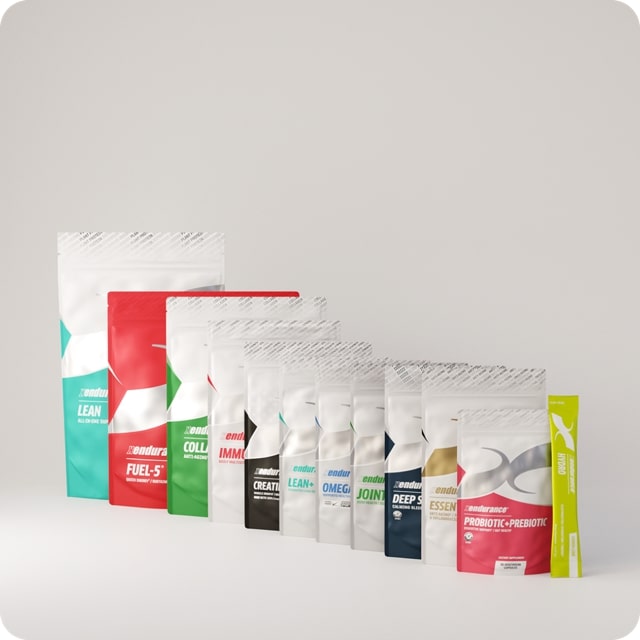
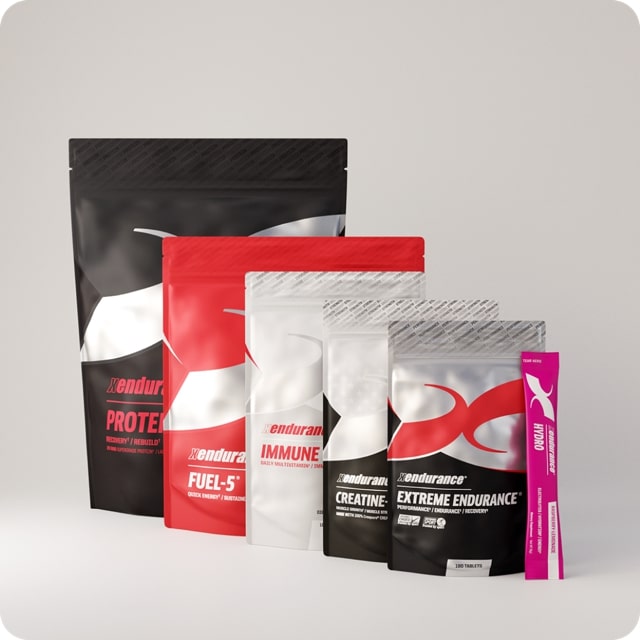
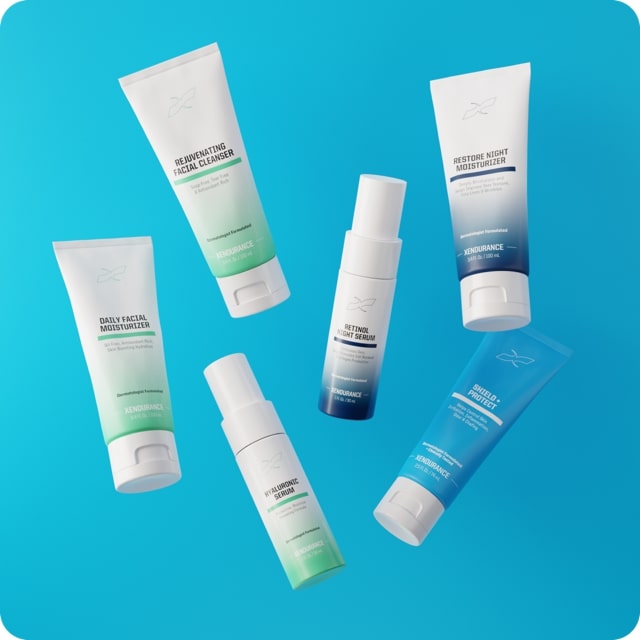
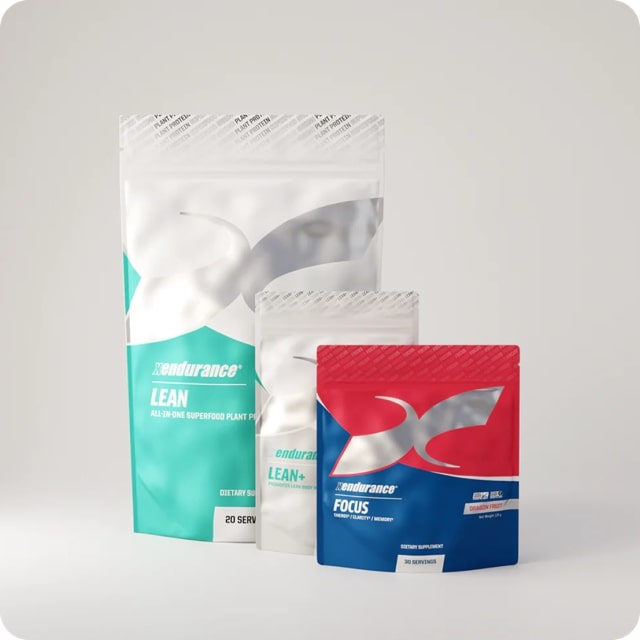
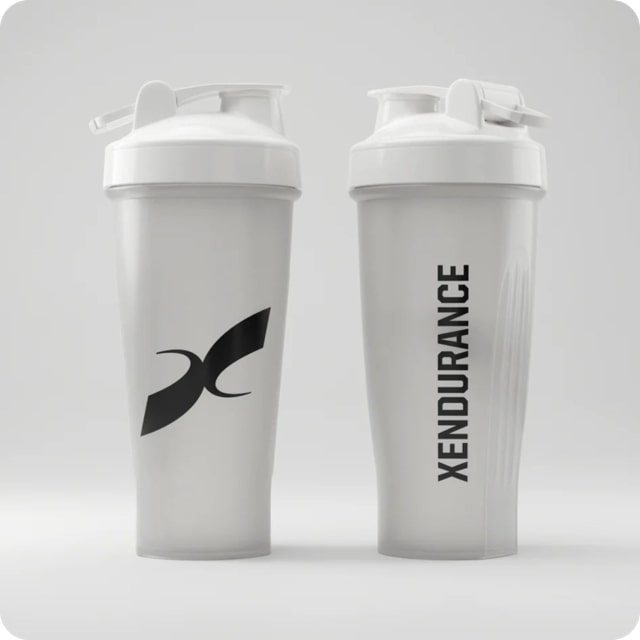




Leave a comment
This site is protected by reCAPTCHA and the Google Privacy Policy and Terms of Service apply.